During the last year, a new poverty narrative gained acceptance across the world. The trends in our global poverty predictions—which we published on the World Poverty Clock—were confirmed by a number of other sources, including the World Bank, the Overseas Development Institute (ODI), and the Institute for Health Metrics and Evaluation (IHME). By and large, the overall message is a discouraging refrain: Global poverty reduction is slowing down, Africa is now home to the majority of the world’s extremely poor (living on less than $1.90 per day in 2011 PPP), and Nigeria has become the most visible frontier in the fight against extreme poverty.
Following last month’s World Bank and International Monetary Fund (IMF) Spring Meetings, the World Poverty Clock has been updated to reflect newly available and revised data related to income distribution, national accounts, and GDP forecasts for nearly every country in the world. The resulting new estimates and forecasts on the state of global poverty, released today, point to a depressing new dynamic.
The pace of poverty reduction is down by two-fifths since 2017
When the World Poverty Clock was launched exactly two years ago, on average, one person escaped poverty every second. Last year, the pace of poverty reduction slowed down to 0.8 people per second. Our latest projections show that the pace of poverty reduction has further slowed down to 0.6 people per second. This is a result of the slowdown in the global economy that is affecting several African countries negatively as well as the negative trends in important crisis countries such as Venezuela and Yemen.
At the same time, there are several strongly performing Asian economies, especially India, where lower than previously projected poverty estimates result in a base effect of lower absolute poverty levels. As these countries have fewer people in extreme poverty, the poverty escape rate also slows down. This means that—under a base case projection—in 2030, around 480 million people will still be living in extreme poverty, up 44 million from the previous estimate.
Figure 1: By 2030, Asia will end extreme poverty; Africa will progress slowly
Source: World Data Lab, latest projections.
With this update, World Data Lab projects that Africa has 427 million people living in extreme poverty. This means that the continent is expected to be home to almost three-quarters of global poverty by the end of 2019. Still, many parts of Africa, such as Ethiopia and Kenya, are making significant progress towards achieving Sustainable Development Goal 1—ending extreme poverty—by 2030 and this is the reason why Africa has now started to reduce poverty numbers overall. However, even with this progress, these countries are not expected to achieve SDG 1 by 2030.
In fact, almost all sub-Saharan countries are not on track to achieve SDG 1. Under current projections, almost 395 million Africans will still be living in extreme poverty by 2030. They would represent 82 percent of the global total. Conversely, the rest of the world is on track to end extreme poverty by 2030 with just a few exceptions, most notably Afghanistan, Venezuela, Haiti, North Korea, Papua New Guinea, and Yemen.
Extreme poverty in Yemen, Venezuela, and Tanzania has increased
Due to conflicts in Yemen and Venezuela and an economic slowdown in Tanzania, some of the biggest increases in poverty projections are in these three countries.
Following the release of new data, the number of Yemenis living in extreme poverty has been revised, with an increase of 8.4 million more people than previously estimated. Poor Yemenis now number 17.7 million, representing 57 percent of the country. For Venezuela, we forecast an increase of 2.4 million more people living in extreme poverty than previously estimated. We estimate 8.6 million Venezuelans, representing 26.5 percent of this upper middle-income country, are now indigent. In Tanzania, 6.1 million more people (23.5 million total) are estimated to be living in extreme poverty than previously forecasted, representing 41.5 percent of the country. There will be serious challenges ahead for East Africa’s third-largest economy. While the country is still expected to significantly reduce poverty over the next decade, it is not expected to achieve SDG 1 by 2030 and is now even more off-track than previously estimated.
Time’s almost up
Ten years remain for the global community to mobilize the support needed to achieve the Sustainable Development Goals. This task is going to be difficult, as it is now evident that the rate of global poverty reduction has slowed down to almost half its pace just a few years ago.
While achieving SDG 1 in every country of the world by 2030 seems increasingly unlikely, countries, policymakers, and development practitioners can and must focus on increasing the rate of poverty reduction. As the refreshed global poverty numbers indicate, even small changes in the pace of poverty alleviation result in sizeable changes in magnitudes at the national and international levels.
With the fate of so many hanging in the balance, the stakes could not be higher.
The Brookings Institution is committed to quality, independence, and impact.
We are supported by a diverse array of funders. In line with our values and policies, each Brookings publication represents the sole views of its author(s).

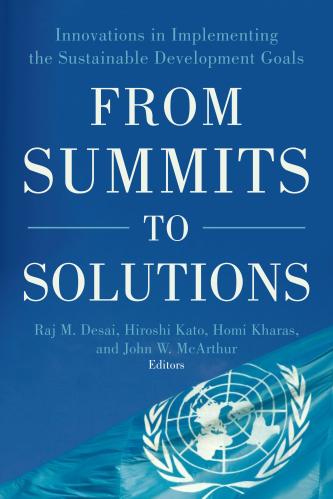
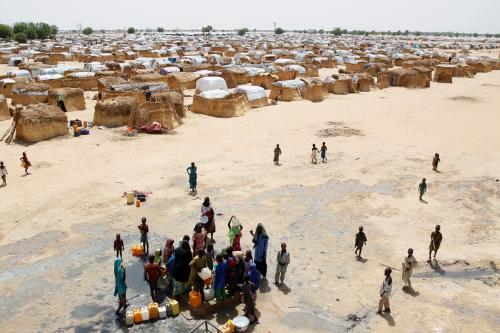
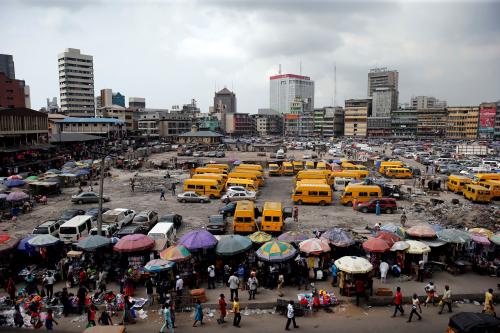
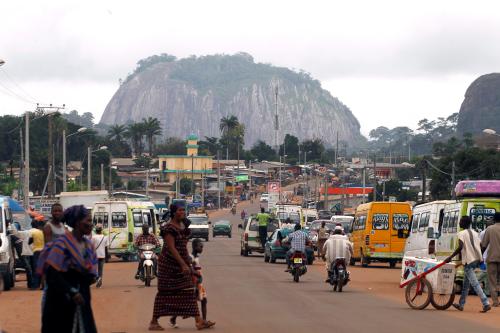
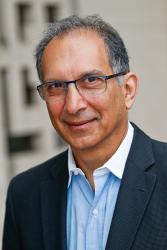





Commentary
Global poverty reduction has slowed down—again
May 23, 2019